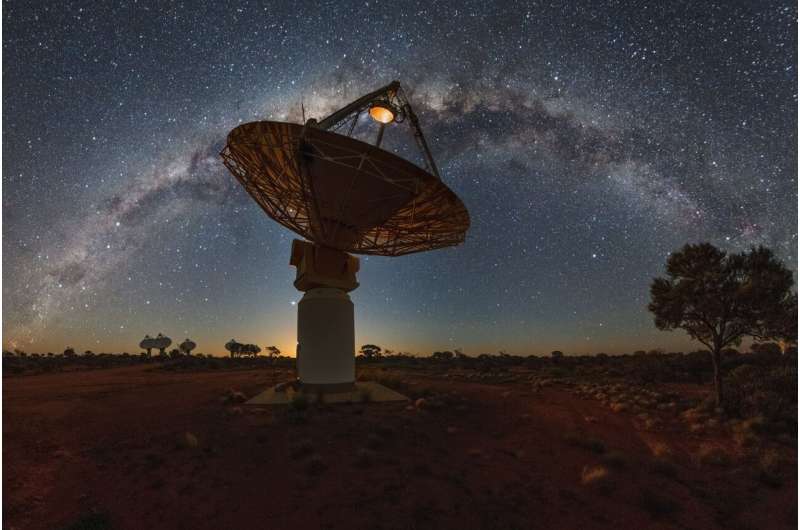The team was able to measure more than 3600 compact radio sources in the SCORPIO field, many of which are unclassified, as well as detecting all the previous sources classified as HII regions or planetary nebulae. Thanks to ASKAP, it is now possible to reveal many sources once referred to as radio-quiet and discover numerous extended, unclassified sources belonging to the class of "galactic bubbles" constituting a new sample for identifying supernova remnants.
Grazia Umana, the principal investigator of the SCORPIO survey and first author of one of the two articles, as well as a researcher at INAF, explains: "SCORPIO is the only galactic field observed so far with ASKAP. It is especially important for the characterization of these galactic populations because they provide a solid foundation to help design some aspects of the EMU survey. In addition to discovering numerous galactic radio sources, these observations have highlighted the unique feature of ASKAP to map complex objects at a range of angular scales, critical in studying the galactic plane."
The galactic plane is the place in the Milky Way where the solar system resides: It contains countless stars, dust, and gas clouds, as well as a significant amount of dark matter. Studying the equator of the Milky Way has always been one of the essential objectives for radio astronomers. Still, the diffuse emission in the Galaxy makes it challenging to obtain artifact-free images: this effectively reduces the quality of the final pictures making data analysis a challenging task.
Simone Riggi, a researcher at INAF and first author of the survey catalog article, says: "During the data processing phase, difficulties arose because standard techniques are currently optimized for extragalactic fields where diffuse emission isn't predominant. It was necessary to develop new calibration procedures and define new strategies in the data acquisition phase. What we have learned will allow us to contribute to the design of the main EMU survey, optimizing its scientific return for galactic science."
The EMU project extends into the northern hemisphere, covering 75% of the sky at frequencies around 1 GHz. The researchers will observe a significant fraction of the galactic plane to produce a wide-field atlas of the Milky Way's radio emission, with unprecedented results in terms of sensitivity and angular resolution, which will have a significant impact for studying Galactic structure and stellar evolution.
The leader of the EMU project, Andrew Hopkins of Macquarie University, explains: "Even data taken at that early stage in the commissioning of ASKAP demonstrates its excellent sensitivity to extended radio emission. This is critical in enabling the detection of these important structures in the Milky Way, enabling new insights into the formation and evolution of its stars."
"New ASKAP observations of the galactic plane as part of the EMU survey, and later with the SKA project, will allow us to explore a whole series of astrophysical processes, with a very high probability of discovering new classes of objects. Our ultimate goal is to develop and consolidate our observational skills for the upcoming SKA project to be ready and competitive to lead and participate in SKA Key Science Projects (KSP) and to exploit its data fully," Grazia Umana concludes.



